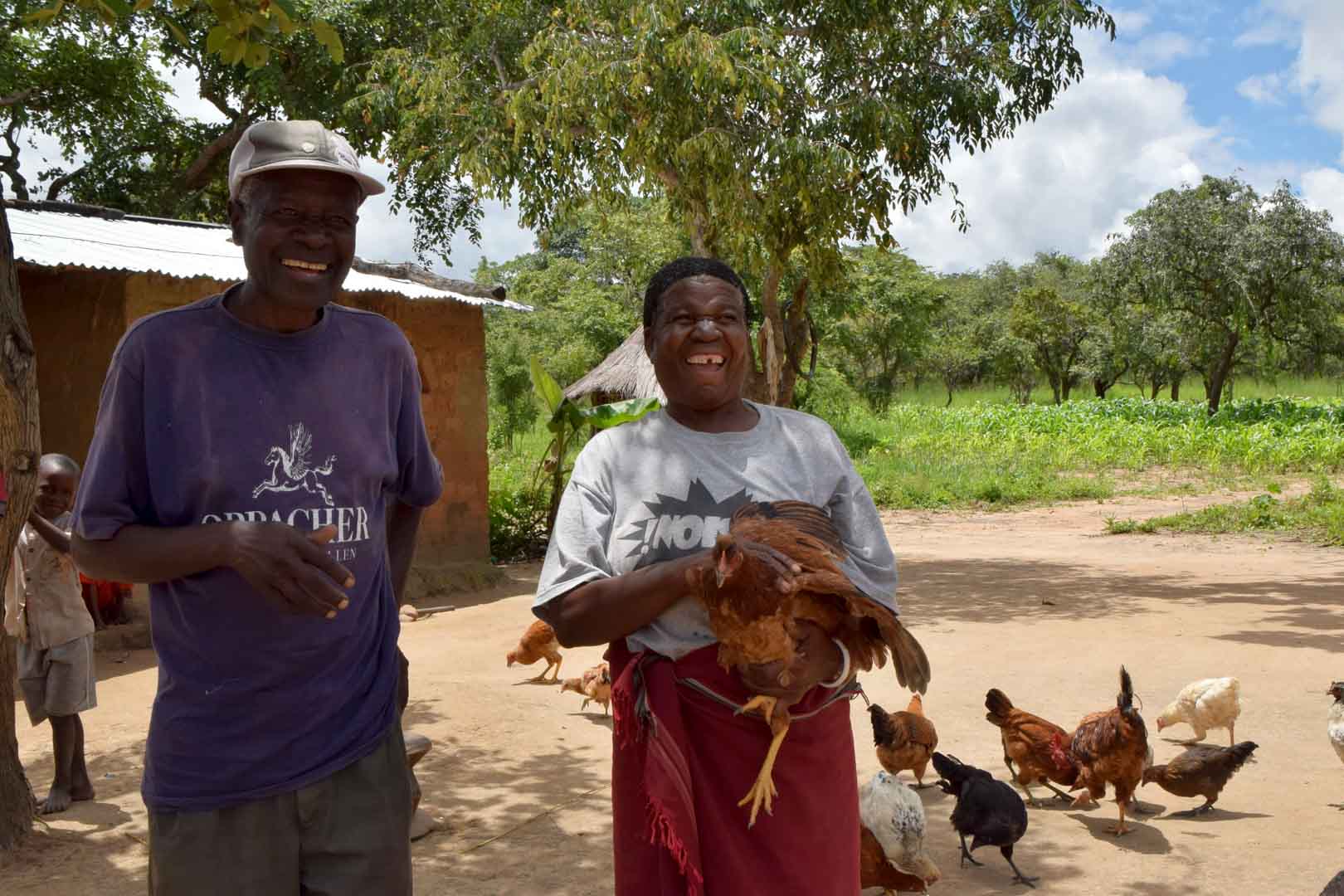Creating positive impact for communities
The climate protection project offers the people in southeast Zambia sustainable development opportunities and thus counteracts the deforestation of local forests. However, the strong growth of the nearby capital Lusaka and the associated increasing demand of firewood threaten the sensitive ecosystem. The region is home to 8,300 people, 90 percent of whom live in extreme poverty. Most of them live from subsistence agriculture and the production of charcoal. The deforestation rate here is eleven times higher than the national average. The climate protection project combats the cause of progressive deforestation in a sustainable way.
It offers people alternative sources of income and also develops sustainable land-use practices which conserve threatened forests while also investing in development for rural communities. The protected forest area is part of a transnational ecosystem that is home to the largest elephant population in Africa with 23,000 animals. Hunting is strictly prohibited here and in the adjacent national park so that African lions and other endangered species such as leopards and antelopes are also protected.

Forests are not only among the planet's most important carbon reservoirs. They also are home to an enormous diversity of species and are the livelihood for all people. However, global forest areas have declined sharply in recent decades due to increasing settlement, agricultural use, illegal logging and mining.
Forest protection projects ensure that forests are preserved in the long term and that the protection of forests is given a higher value than their deforestation. Together with the local population, project participants protect the area from negative influences. To allow for this the projects create alternative sources of income and educational opportunities. Depending on the project region, forests store varying amounts of carbon per hectare. Particularly high amounts of carbon are stored in the vegetation and soil of tropical swamp forests, primary rainforests, or mangroves. Forest protection projects in the ClimatePartner portfolio are registered with international standards.
Explore our projects
Biochar for Climate Action, Healthy Soils, and Better Harvests

A certified climate project combined with additional commitment

Expansion of renewable energy generation in Asia

Ceramic water filters save CO2 and improve health

Improved cookstoves worldwide – for better health and cleaner air

A certified climate project combined with additional commitment

Powering access to renewable energy in Africa

A certified climate project combined with additional commitment

Restored ecosystems remove carbon

Turning degraded farmlands into healthy ecosystems

Improved cookstoves - better for health and the environment











